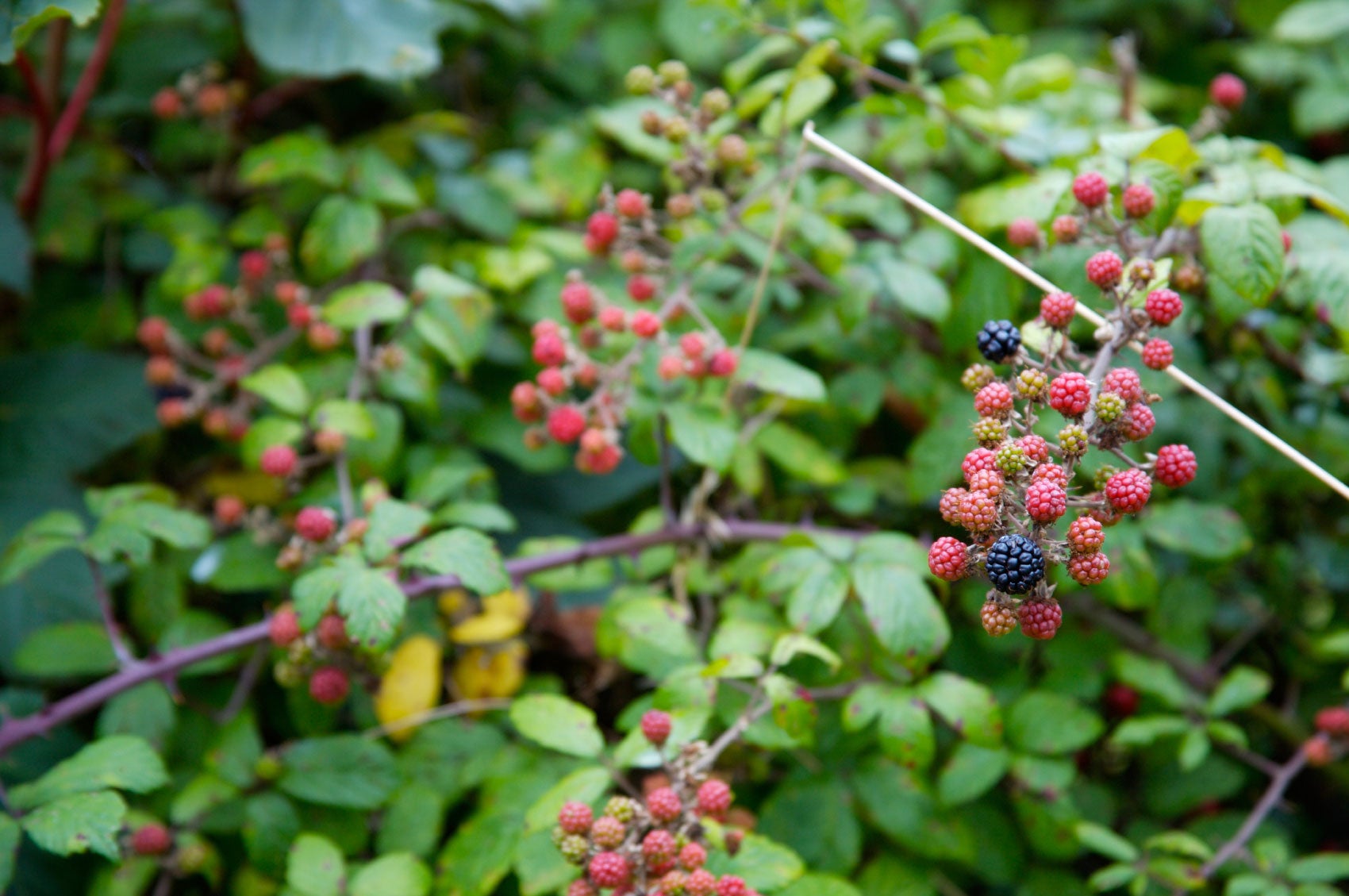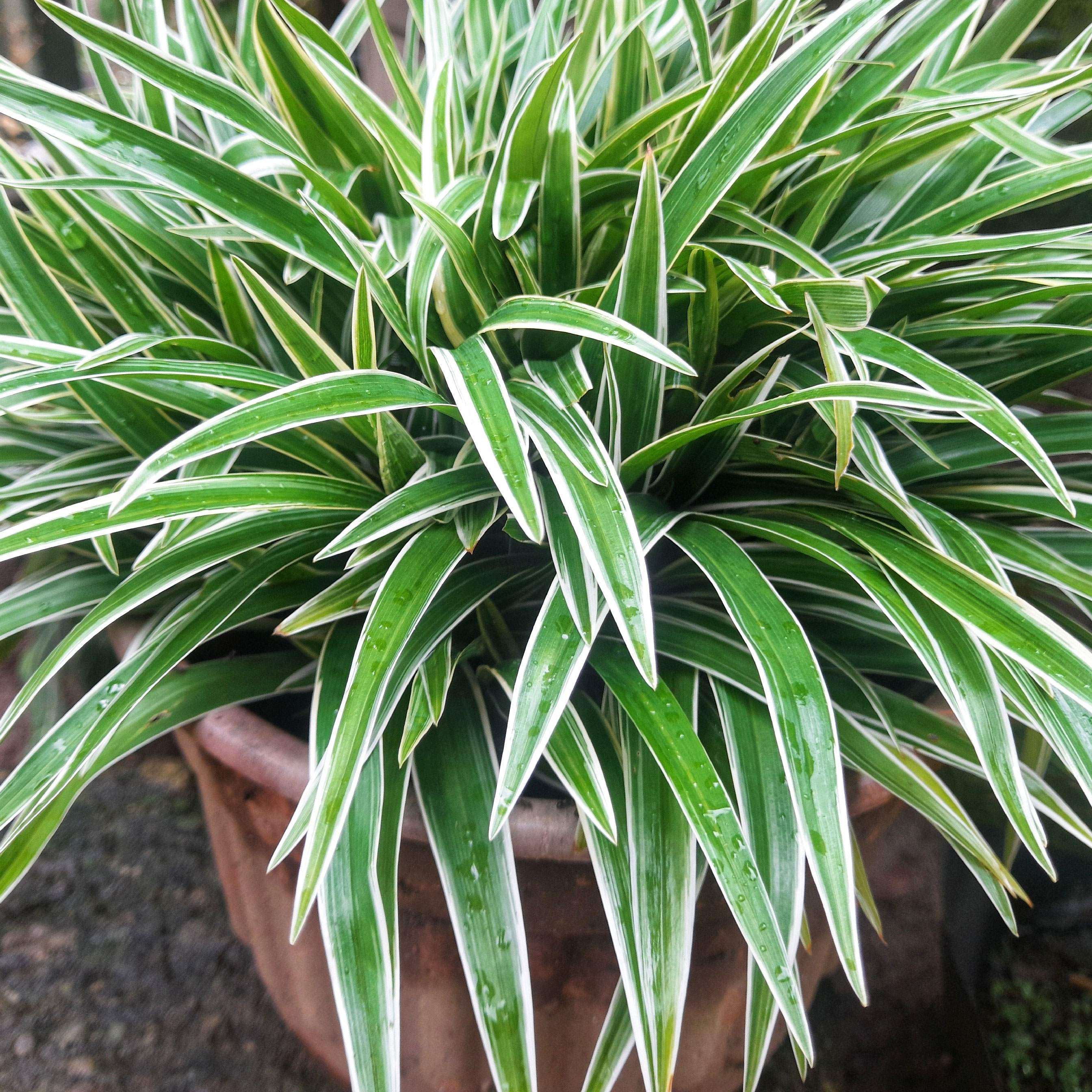What Blackberries Are Invasive: How To Control Blackberry Plants


Cultivated species of blackberry are well-behaved plants that need only a little pruning to keep them manageable, but invasive species are a terrible menace that can be very difficult to control. They form impenetrable thickets that overrun more desirable native plants and block access by livestock, wildlife, and humans. Invasive blackberries are very difficult to eradicate. Even a small piece of stem or rhizome left in the soil can result in a new plant and, over time, a new thicket.
What Blackberries are Invasive?
Of all the species of blackberry (Rubus), cutleaf blackberry (R. laciniatus) and Himalaya blackberry (R. discolor) are the most destructive. Fortunately, these invasive blackberry plants are easy to distinguish from other blackberries. While most blackberries have round stems, cutleaf and Himalayan blackberries have ridged stems with five angles. The leaves of Himalayan and cutleaf blackberries have five leaflets where most other types have only three leaflets. Weedy blackberries spread underground and take root wherever the long, arching vines touch the ground. Animals eat the berries and spread the seeds to distant locations through their digestive tract. One seedling can eventually form a massive thicket.
How to Control Blackberry Plants
The first step in controlling invasive blackberries is to cut down the canes to a point just above the ground. Next, you can either dig up and dispose of the rhizomes or spot treat the tips of the canes with herbicide. Most of us would like to take the organic approach, but digging up a large thicket can be overwhelming. After digging out what you can, rototill the area several times during the season to make you have destroyed any bits of rhizome and crown left in the ground. If you decide to use herbicides, apply the chemicals directly to the cut parts of the canes. Read the herbicide label completely, and mix and apply the product as instructed. Avoid using herbicides near plants that wildlife might eat. Store any remaining herbicide in the original container, or dispose of it according to the label instructions.
Gardening tips, videos, info and more delivered right to your inbox!
Sign up for the Gardening Know How newsletter today and receive a free copy of our e-book "How to Grow Delicious Tomatoes".

Jackie Carroll has written over 500 articles for Gardening Know How on a wide range of topics.
-
 Best Soil Tor Tomatoes: How To Cultivate The Perfect Blend & Add Amendments For A Bountiful Harvest
Best Soil Tor Tomatoes: How To Cultivate The Perfect Blend & Add Amendments For A Bountiful HarvestGive your tomato plants the foundation they need. Learn how to mix the ideal soil and choose the right amendments for your most abundant harvest yet.
By Amy Grant
-
 Want To Know How To Make A Spider Plant Bushier? 4 Secrets For Lush & Bushy Spiders
Want To Know How To Make A Spider Plant Bushier? 4 Secrets For Lush & Bushy SpidersAre you looking for ways to make your spider plant look bigger or more dramatic? Follow these quick and easy tips on how to make a spider plant bushier
By Teo Spengler